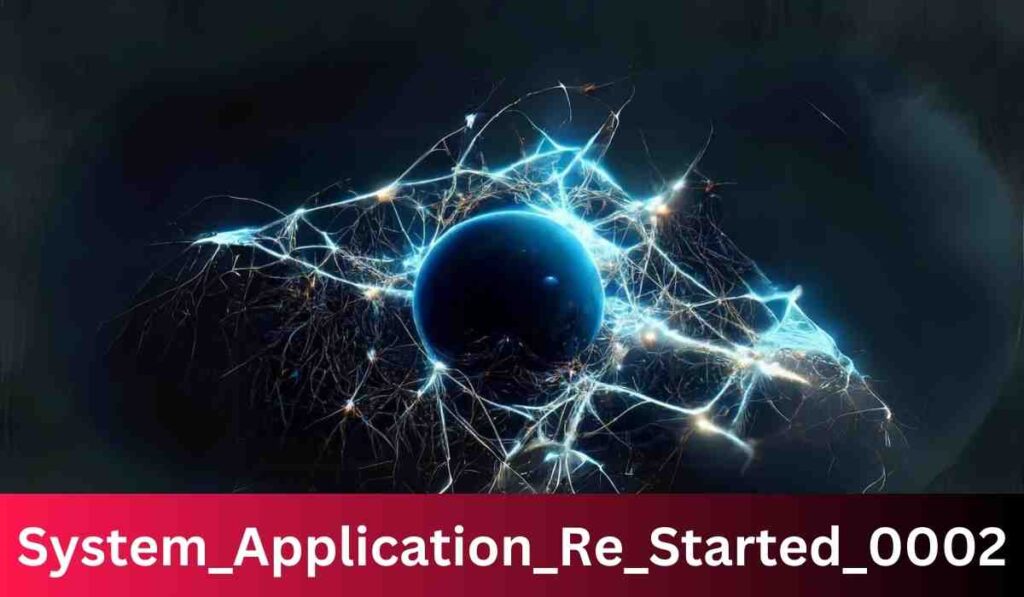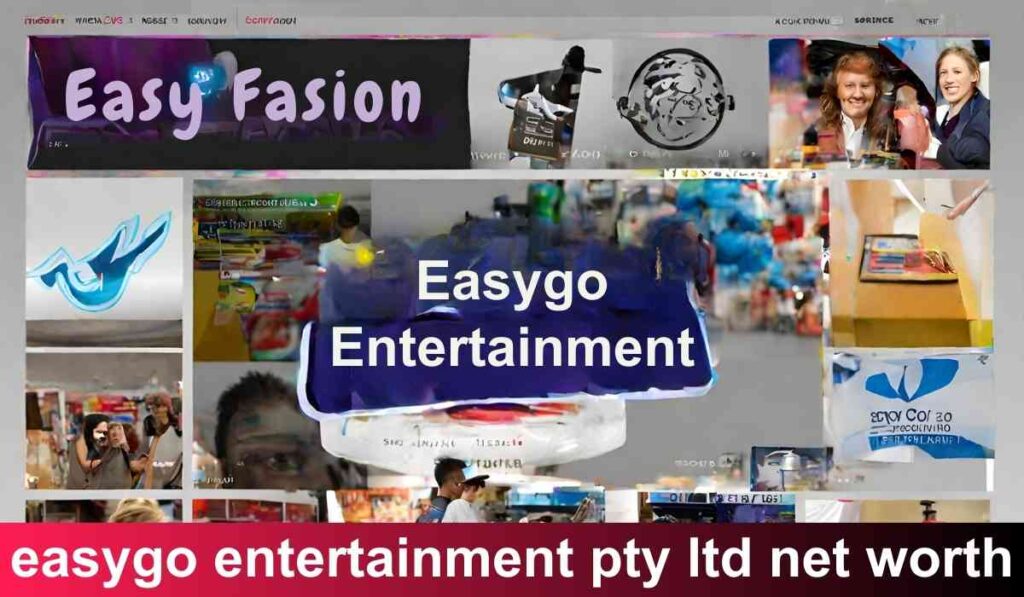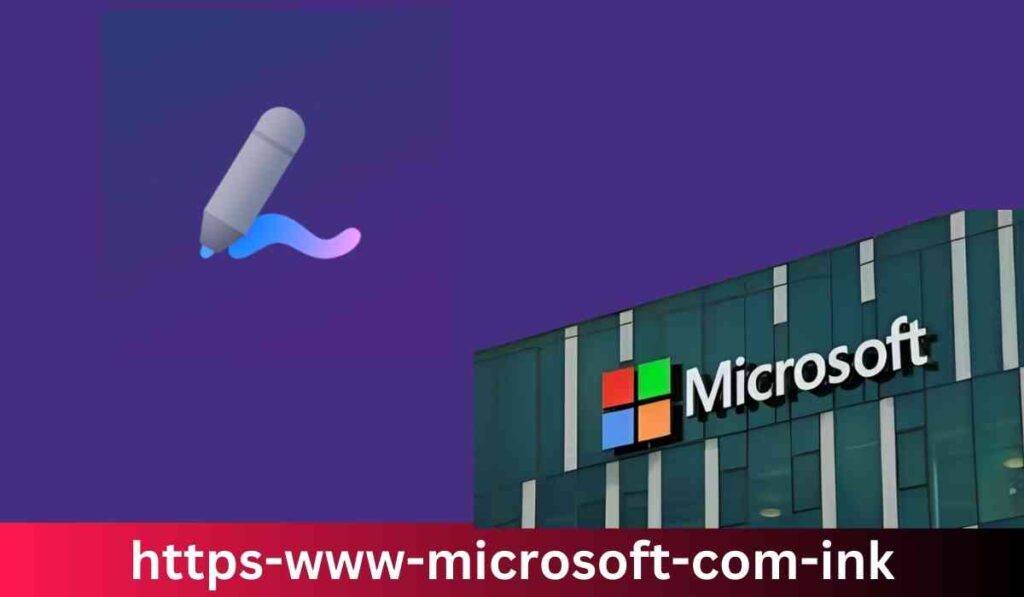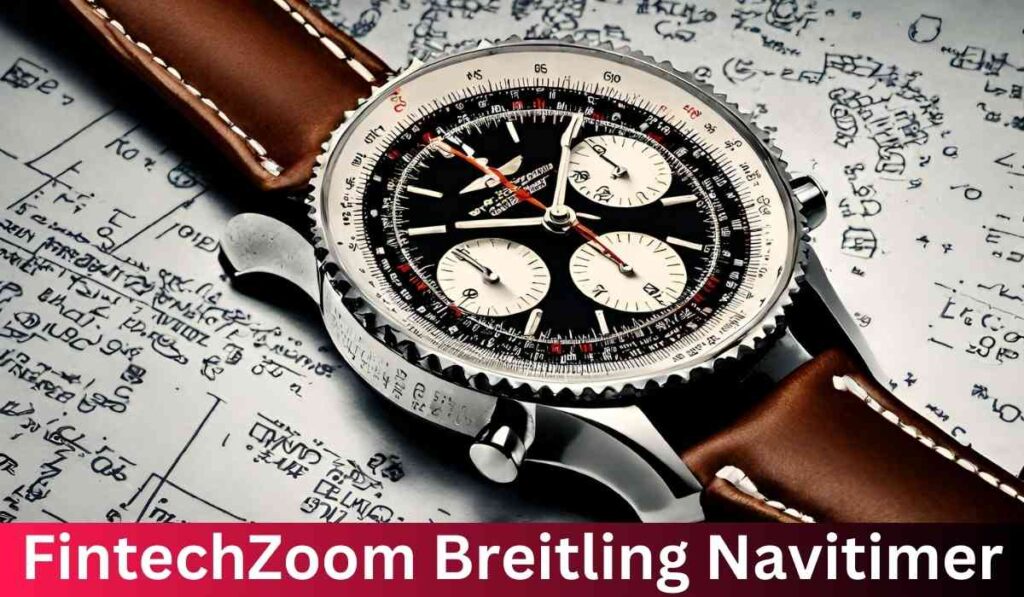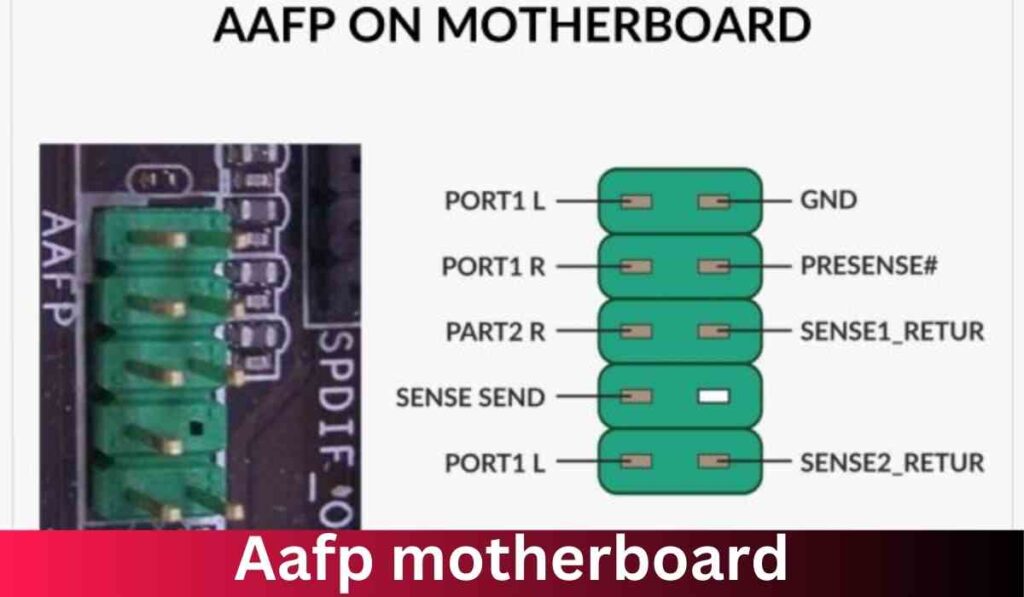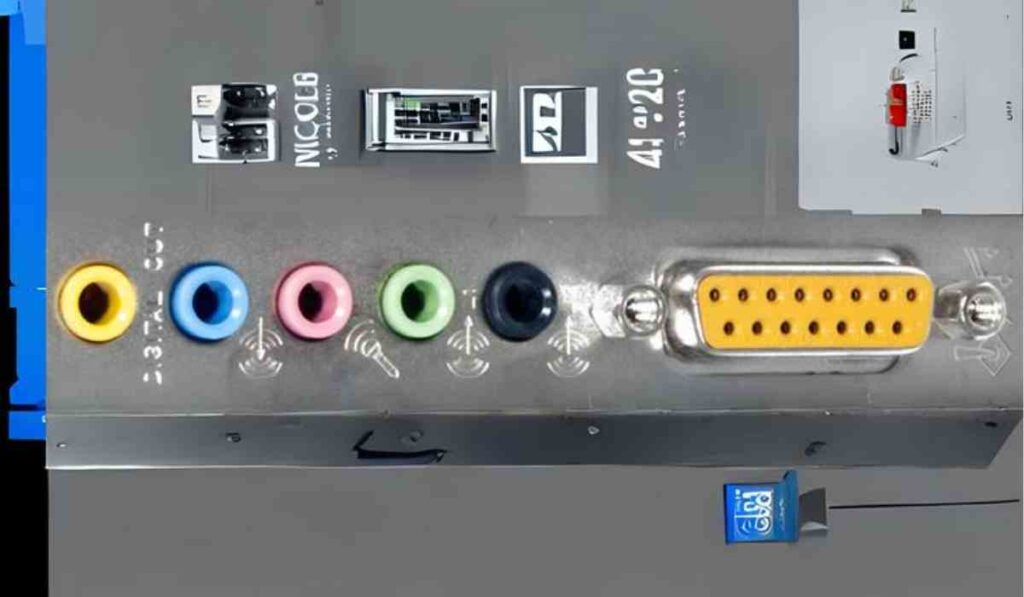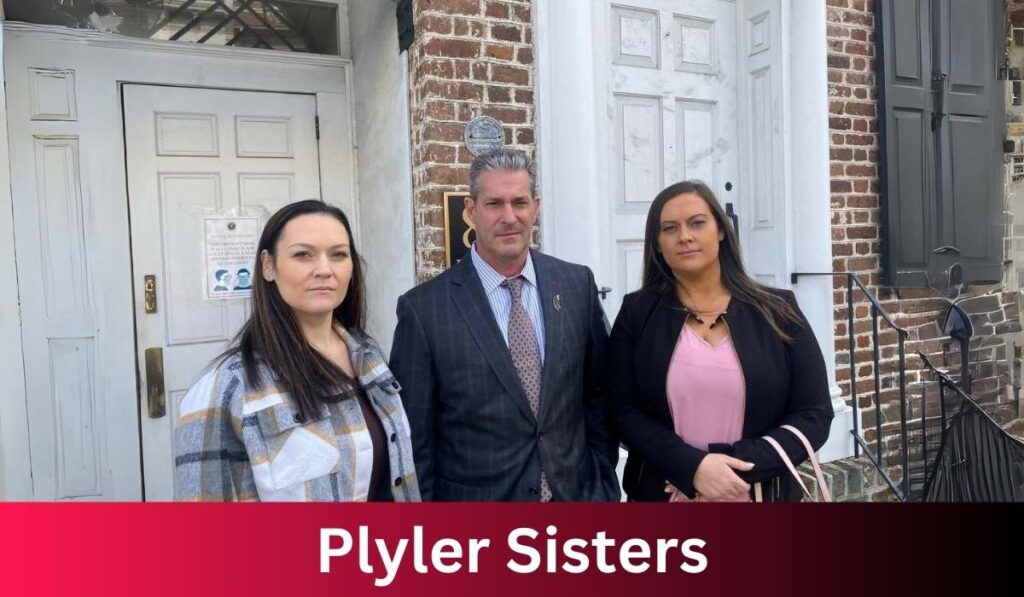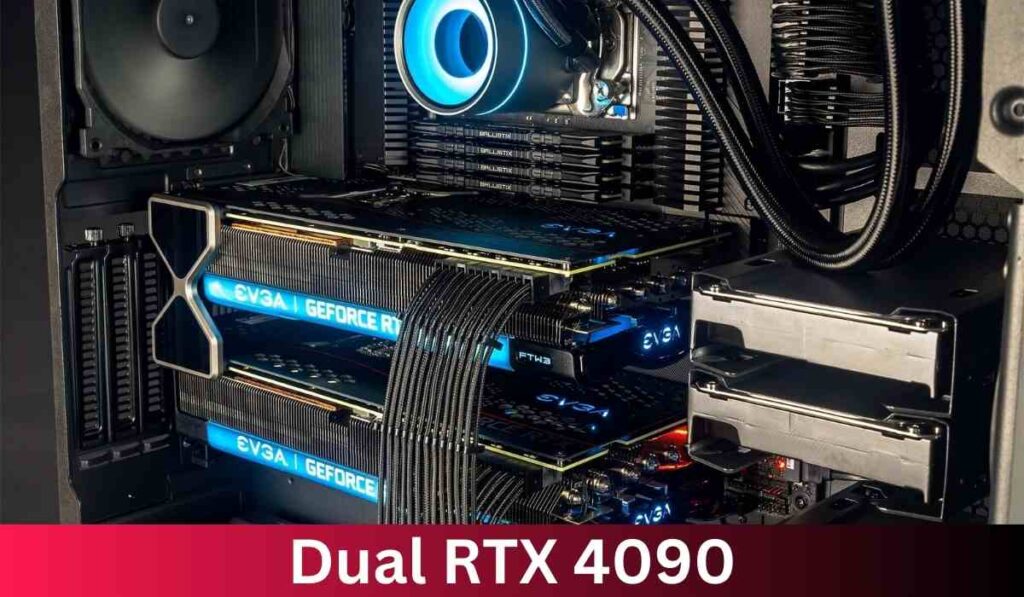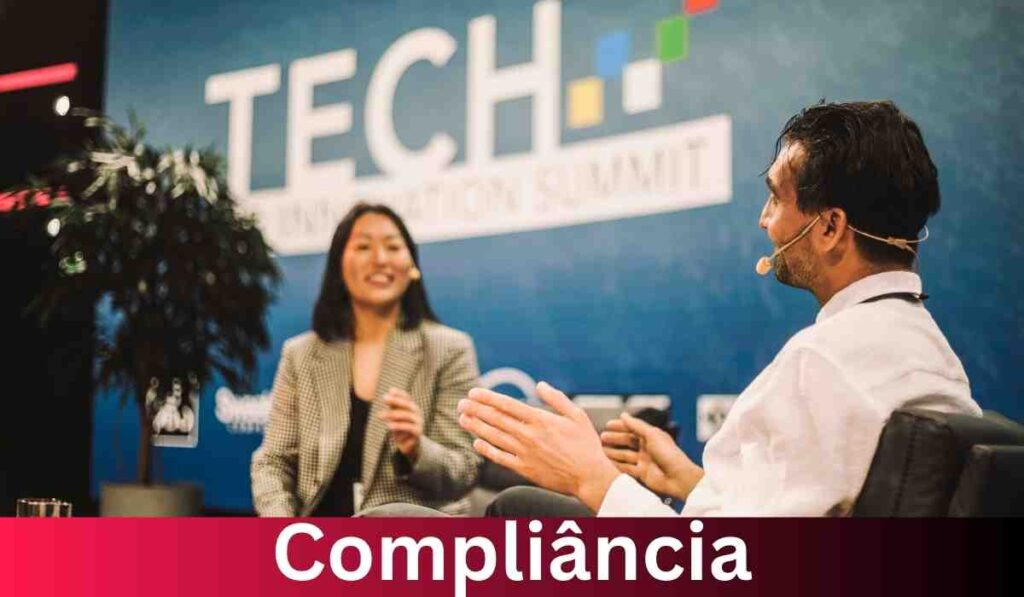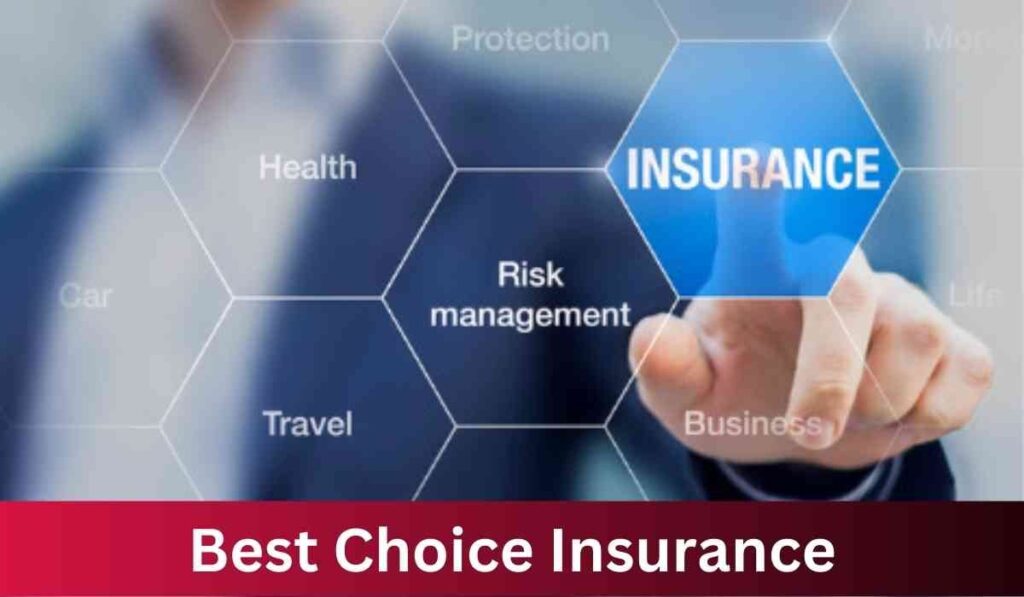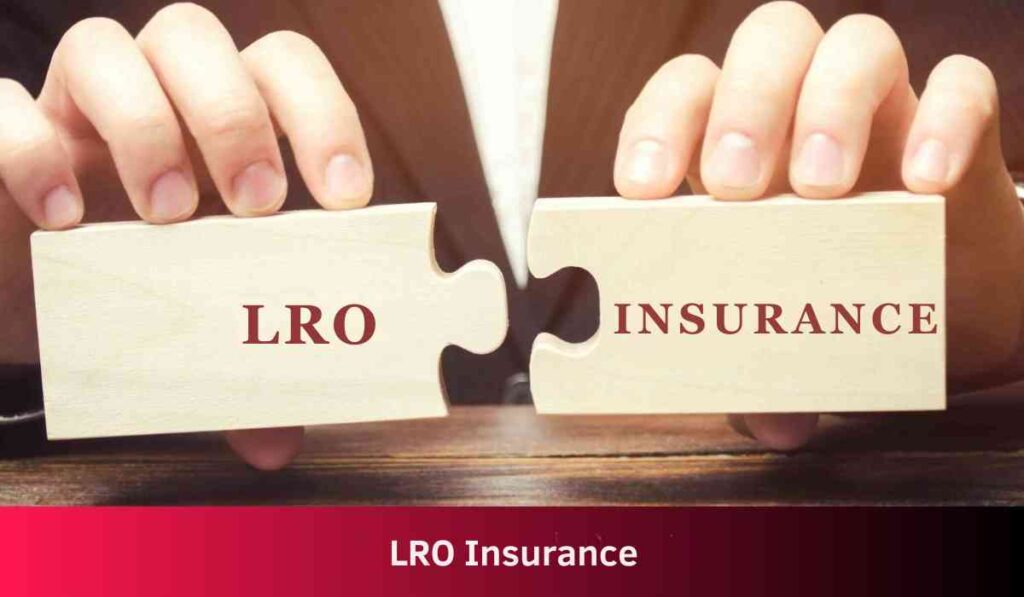Navigating Compliância: A Comprehensive Guide for Responsible Business Practices

Introduction:
In the intricate landscape of modern business, the concept of compliância holds paramount importance.
Originating from the Portuguese word for conformance, compliância encompasses the values of conformity and respect to legal statutes, regulations, and moral guidelines that dictate the behaviour of organisations.
With insights from two rivals’ points of view, this thorough guide examines all the essential components of compliance and offers firms a road map for moral and legal business practices.
What is Compliância?
According to the definitions provided by both rivals, compliance is the act of conforming and adhering within an organisation to regulations, policies, standards, or laws.
It is a crucial framework that guarantees the integrity of business operations and compliance with laws and industry rules, not just a collection of stringent standards.
Compliance for organisations includes data privacy, ethics, risk management, governance, and regulatory compliance.
Why is Compliância Important for Businesses?
Competitor data underscores the critical nature of compliância for businesses. It acts as a buffer against fines, legal troubles, and reputational harm.
Respecting safety, health, and moral guidelines is essential for safeguarding clients and staff, upholding a positive reputation, and enhancing overall operational effectiveness.
Rather than being a burden, compliance promotes ethical and long-term company practices.
Principles Of Compliância
The principles of compliance, or “compliância,” are fundamental to ensuring that organizations adhere to legal statutes, regulations, and internal standards.
These principles serve as the backbone for developing effective compliance programs that guide the behavior of an organization and its employees.
Below are key principles that are essential for any comprehensive compliance framework:
1. Integrity and Ethical Conduct
Integrity is the cornerstone of compliance, demanding that organizations and their employees act honestly, ethically, and with integrity in all dealings. This includes a commitment to doing what is right, even in the face of difficult decisions or potential financial consequences.
2. Accountability and Responsibility
Organizations must establish clear accountability and responsibility for compliance within their structure. This means that both management and employees know their roles in supporting compliance efforts and are held accountable for their actions in relation to compliance standards.
3. Transparency
Transparency involves open and honest communication within the organization and with external stakeholders about compliance policies, practices, and incidents. This principle helps to build trust and ensures that any compliance issues can be addressed promptly and effectively.
4. Risk Assessment and Management
Identifying, assessing, and managing risks is a critical component of compliance. Organizations should regularly conduct risk assessments to understand potential compliance risks and implement strategies to mitigate these risks, ensuring that compliance efforts are targeted and effective.
5. Education and Training
A well-informed workforce is better equipped to adhere to compliance standards. Regular education and training programs should be in place to keep all employees up to date on compliance policies, laws, regulations, and best practices relevant to their roles.
6. Continuous Monitoring and Improvement
Compliance is not a static goal but an ongoing process that requires continuous monitoring and improvement. Organizations should regularly review and update their compliance programs to adapt to new risks, regulatory changes, and best practices.
7. Proactive and Preventative Measures
A proactive approach to compliance emphasizes the importance of preventing compliance issues before they arise. This includes implementing internal controls, policies, and procedures designed to minimize the risk of non-compliance and identifying potential issues early on.
8. Effective Communication
Effective communication is vital to a successful compliance program. This involves not only the dissemination of compliance policies and procedures throughout the organization but also providing channels for employees to report concerns or potential violations safely and confidentially.
9. Stakeholder Engagement
Engaging with stakeholders, including employees, customers, suppliers, and regulators, is essential for understanding the broader impact of compliance efforts and for building a culture of compliance throughout the ecosystem in which the organization operates.
10. Adaptability
The regulatory and business environment is constantly evolving, so compliance programs must be flexible and adaptable.
Organizations should be prepared to adjust their compliance strategies in response to emerging trends, regulatory changes, and feedback from stakeholders.
By adhering to these principles, organizations can build robust compliance programs that not only protect against legal and regulatory risks but also promote ethical behavior and contribute to a positive corporate culture and reputation.
How to Become Compliant: Hints and Recommended Procedures
In order to achieve compliance, both rivals stress the significance of accountability, transparency, education, and robust compliance measures.
Businesses can proactively address compliance weaknesses, train their staff, and keep an eye on compliance metrics by carrying out routine audits and promoting an ethical and honest culture.
The commitment to continuous improvement and maintaining an open and accountable environment are essential for sustained compliância.
Key Aspects and Principles of Compliância

Understanding the core principles and practices of compliância is vital for its successful implementation. Integrity, accountability, and compliance with relevant laws and regulations form the foundational principles.
Regular audits, employee training, and corrective actions constitute key practices. Compliância is not a one-time effort; it requires ongoing commitment and adaptation to changing regulatory landscapes.
1. Legal and Regulatory Compliance: The Foundation Stone
At the very core of “compliância” lies legal and regulatory compliance—a formidable bastion that organizations must meticulously uphold.
It mandates a comprehensive understanding of the laws and regulations that weave through the fabric of their industry and the locales they operate within.
This foundation stone requires businesses to tailor their activities, processes, and controls in a manner that not only aligns with but also champions these compliance obligations.
Regular audits serve as the linchpin in this endeavor, providing a mirror that reflects the organization’s adherence to these external mandates, ensuring they remain on the right side of the law.
2. Ethical Standards: The Moral Compass
Beyond the tangible boundaries of legal requirements, ethical standards stand tall as the moral compass guiding organizations through the fog of corporate decision-making.
Here, the abstract becomes concrete through the implementation of codes of conduct and ethics policies—beacons that illuminate the path toward honorable and principled behavior.
Leadership’s role transcends mere management, embodying the very essence of the ethical culture they wish to propagate.
In this domain, actions speak louder than words, as the conduct of those at the helm sets a resounding tone that resonates throughout the organization, fostering an environment where integrity is revered and upheld.
3. Risk Management: Charting the Course
In the unpredictable voyage of compliance, risk management emerges as the astute navigator, charting a course through potential pitfalls and unseen hazards.
This critical aspect involves a thorough assessment of compliance-related risks, enabling organizations to discern and prioritize the most pressing threats.
By implementing robust controls and comprehensive training programs, businesses can steer clear of these perils, fortifying their defenses and ensuring a smoother journey.
This proactive approach not only mitigates risk but also embeds a culture of vigilance and preparedness within the organizational fabric.
4. Data Privacy and Security: The Sanctum of Trust
In today’s digital epoch, data privacy and security represent the sanctum of trust between organizations and their stakeholders.
This realm is governed by an ever-expanding tapestry of requirements regarding the collection, processing, disclosure, and protection of sensitive customer and employee information.
Companies are entrusted with a sacred duty to shield this information from the prying eyes of adversaries and mishandling, thus preserving the sanctity of personal data.
Adherence to data privacy and security laws is not merely a compliance obligation but a cornerstone of trust and integrity, underscoring the organization’s commitment to safeguarding the digital essence of individuals’ lives.
Implementing an Effective Compliância Program
Creating and implementing a robust compliância program involves strategic steps. An effective program helps organisations stay ahead of any dangers by doing risk assessments, creating clear policies and procedures, training staff, and keeping an eye on compliance.
The program needs to be reviewed and updated on a regular basis to reflect changing industry standards and legal requirements.
Below, we explore the key steps necessary for executing a compliance program that not only meets regulatory demands but also fortifies the organization’s ethical framework.
1.Assess Compliance Vulnerabilities: The Foundation
The first step in crafting a compliance program is akin to laying the foundation for a building; it involves a thorough assessment of compliance vulnerabilities.
Organizations must embark on a meticulous examination of their operations, identifying areas where they are most susceptible to compliance risks.
This comprehensive risk assessment acts as a diagnostic tool, revealing the fault lines within the organization’s practices and processes that could potentially lead to non-compliance.
2. Develop Policies and Procedures: The Structure
With a clear understanding of the vulnerabilities, the next step is to develop the structural framework of the program through policies and procedures.
These documents serve as the building blocks of compliance, outlining the standards of conduct, operational guidelines, and control measures.
They are the codification of the organization’s commitment to compliance, providing a clear roadmap for employees to follow and ensuring consistency in actions and decisions across the enterprise.
3. Provide Training: The Beacon of Knowledge
Illuminating the path forward, training is the beacon that empowers employees with the knowledge and skills required to navigate the complexities of compliance.
Tailored training programs ensure that all members of the organization understand their roles and responsibilities within the compliance framework, familiarize themselves with the pertinent laws and regulations, and recognize the implications of non-compliance.
This educational endeavor fosters a culture of compliance and equips employees to act both judiciously and ethically.
4. Monitor and Audit Compliance: The Watchtower
Vigilance is key in the realm of compliance, making monitoring and auditing its watchtower. Regular monitoring of compliance practices and periodic auditing of adherence to policies and procedures are essential to detect deviations and identify areas for improvement.
This ongoing surveillance ensures that the organization remains on the prescribed path of compliance and quickly addresses any discrepancies or misconduct that arises.
5. Enable Confidential Reporting: The Safe Harbor
A safe harbor for employees to voice concerns or report suspected violations without fear of retaliation is crucial for a comprehensive compliance program.
Establishing confidential reporting mechanisms, such as hotlines or anonymous submission platforms, encourages openness and transparency.
This not only facilitates the early detection of potential compliance issues but also reinforces the organization’s commitment to integrity and ethical conduct.
6. Enforce Through Discipline: The Guiding Principles
Discipline is the set of guiding principles that ensures the compliance program is taken seriously. Clear consequences for non-compliance and consistent enforcement of disciplinary measures underscore the organization’s commitment to its compliance standards.
This approach deters potential violations and fosters an environment where compliance is non-negotiable.
7. Continually Review and Improve: The Path of Progress
The final step in implementing a compliance program is recognizing that it is not a static entity but a dynamic journey.
Continuous review and improvement of the compliance framework ensure that it evolves in tandem with changes in the regulatory landscape, industry practices, and organizational growth.
This process of perpetual refinement strengthens the program’s effectiveness, ensuring it remains resilient and responsive to new challenges.
Leveraging Technology for Enhanced Compliância:
In the era of digital transformation, technology plays a pivotal role in fortifying compliância efforts. Both competitors hinted at this by mentioning compliance software, data analytics, and automation.
A key aspect not explicitly explored is how technology can enhance efficiency and accuracy in compliance management.
Implementing compliance software automates various aspects, including policy distribution, training, audits, and corrective actions.
Data analytics tools provide valuable insights into operational focus areas, optimising resource allocation and enhancing risk detection.
Automation streamlines compliance procedures by creating more efficient workflows, which guarantees the smooth execution of testing, reporting, document routing, and approval processes.
Adopting technology promotes a more proactive and flexible approach to compliance management in addition to increasing operational efficiency.
The Human Element in Compliância:

While technology is a powerful ally, the human element remains integral to the success of any compliância program.
Both competitors touched on the importance of education and training, but the emphasis on fostering a culture of ethics and integrity deserves a closer look.
Building a culture where compliância is not viewed as a set of imposed rules but as a shared commitment among employees is crucial.
Leadership, as mentioned in the first competitor’s data, sets the tone for an ethical culture. In addition to incentives and recognition for compliant behaviour, there should be an emphasis on continuous communication and feedback loops.
Providing employees with a safe mechanism for reporting suspected violations, as highlighted in the second competitor’s data, encourages a proactive approach to compliance.
Ultimately, the human element ensures that compliância becomes ingrained in the organisational DNA, creating an environment where ethical conduct is not just a requirement but a shared value.
Globalization and Cross-Border Compliância:
Although regulatory compliance was mentioned by both rivals, it is important to note that in today’s globalised corporate environment, cross-border compliance is becoming increasingly crucial.
Businesses face a variety of regulatory systems when they grow globally. While the second competitor mentioned “industry regulations,” it is important to thoroughly examine the opportunities and challenges associated with negotiating various regulatory frameworks.
Organisations must not only stay abreast of local laws and regulations but also align their compliância programs with international standards.
The future of compliância, as indicated in the second competitor’s data, involves greater international coordination, suggesting a trend toward harmonising data privacy rules and industry regulations across borders.
This necessitates a nuanced approach to compliância that considers both local nuances and global standards, ensuring a comprehensive and adaptable compliance strategy.
Engaging Stakeholders in the Compliância Journey:

Both competitors emphasised how important compliance is to preserving stakeholder confidence, but more research is needed to fully understand how stakeholders fit into the compliance process.
Meeting legal requirements is only one aspect of engaging stakeholders, which also includes investors, consumers, staff, and regulatory agencies.
Actively involving stakeholders in the compliância process can yield valuable insights, enhance transparency, and build a stronger foundation of trust.
The first competitor hinted at the importance of a compliância program for “well-governed, ethical companies.”
Organisations can use strategies including advisory panels, annual report disclosure of compliance initiatives, and stakeholder meetings to accomplish this.
Organisations can cultivate a feeling of shared accountability and responsibility by exhibiting a commitment to compliance and soliciting feedback from stakeholders. This will ultimately enhance their standing as conscientious corporate citizens.
Frequently Asked Questions (FAQs)
1. What is the core principle of Compliância?
- The key values of compliância include integrity, responsibility, and compliance with relevant rules and regulations.
2. Why is compliance crucial for companies?
For businesses to stay out of trouble with the law, avoid fines, and protect their brand, compliance is essential. It preserves reputation, safeguards clients and staff, and boosts productivity.
3. How can businesses achieve Compliância?
- Businesses can achieve compliância through transparency, accountability, education, and strong compliance controls. Regular audits, employee training, and proactive monitoring are essential.
4. What are the key aspects of a compliância program?
- Key aspects of a compliância program include governance, risk management, regulatory compliance, ethics, and data privacy.
5. How often should a compliância program be reviewed and revised?
- A compliância program should be reviewed and revised periodically to adapt to changing regulations and industry practices.
Conclusion:
Compliance is an essential component of ethical and sustainable business practices, not merely a legal necessity.
This thorough handbook emphasises the value of compliance, describes essential procedures, and offers a road map for companies to successfully negotiate the challenging landscape of laws and ethics.
It was inspired by ideas from two competitors. By understanding, embracing, and continually adapting to compliância principles, organisations can not only mitigate risks but also build a reputation for integrity and responsible conduct in the dynamic business landscape.
Related Posts
IponkVisual: Revolutionizing Visual Content Marketing
Unlocking the Entertainment Realm with MHDTV WORLD | Live TV Channels








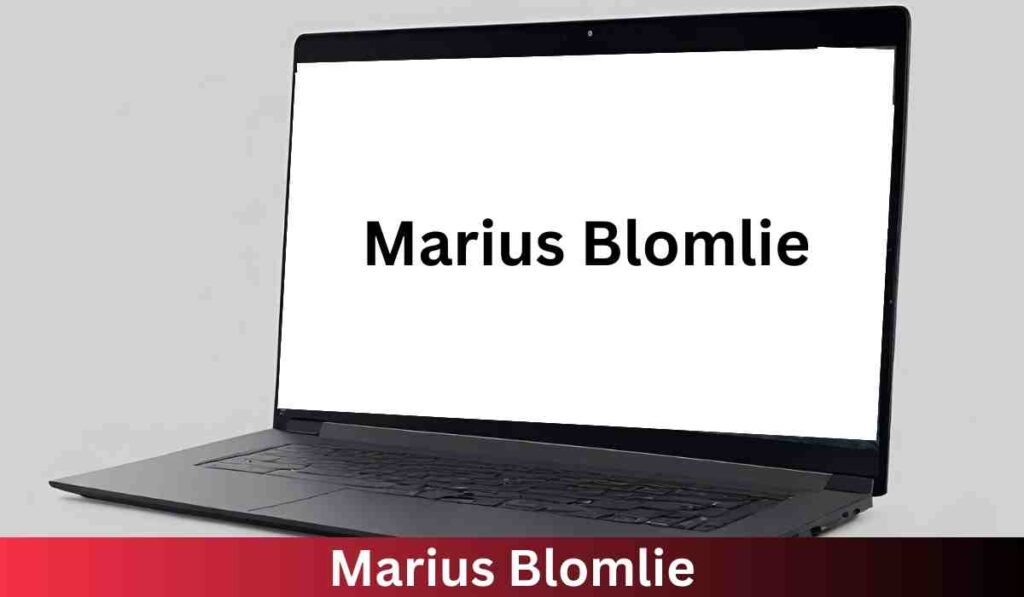



















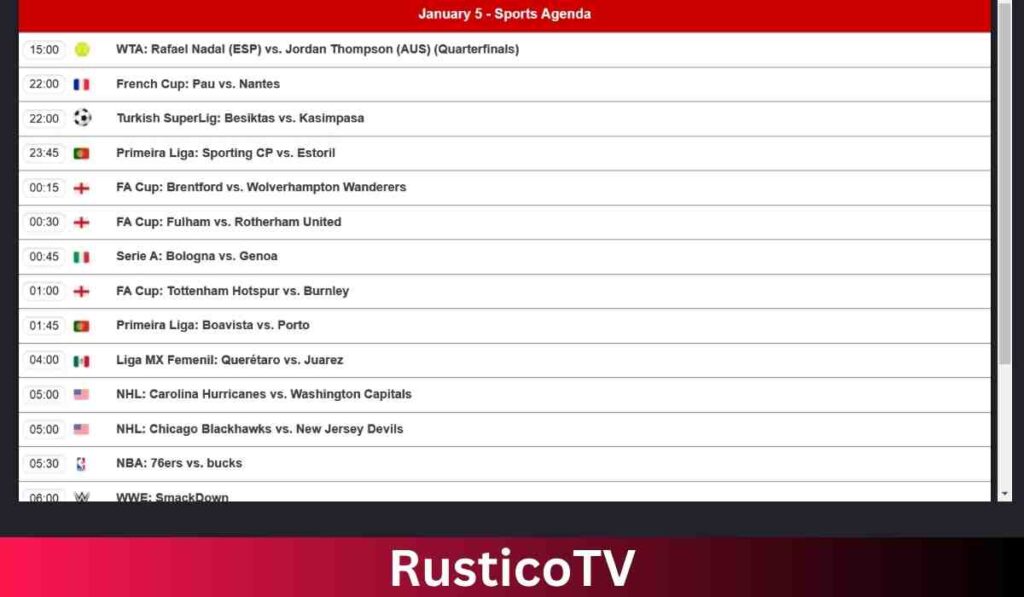














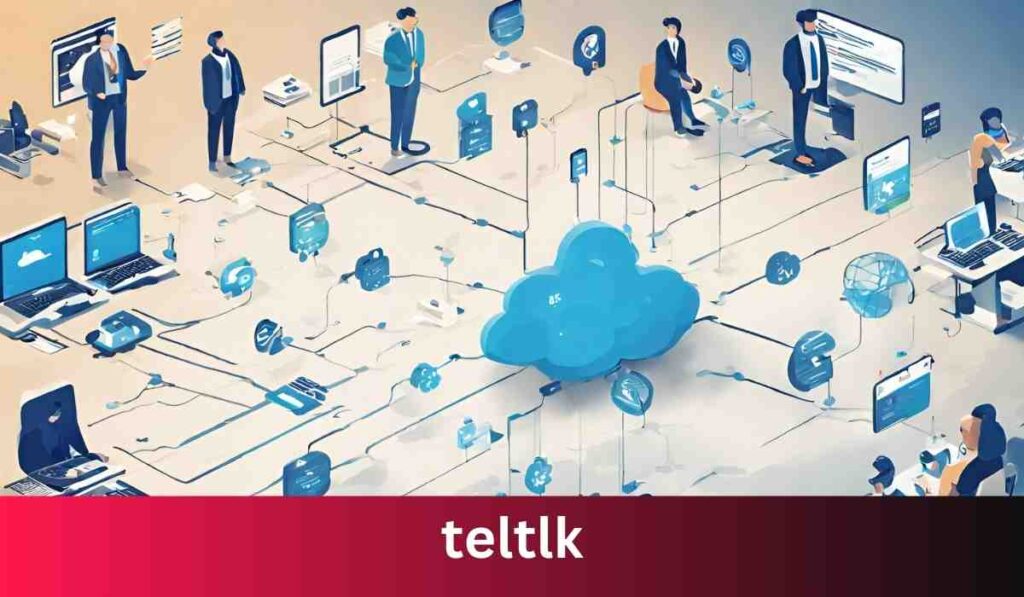












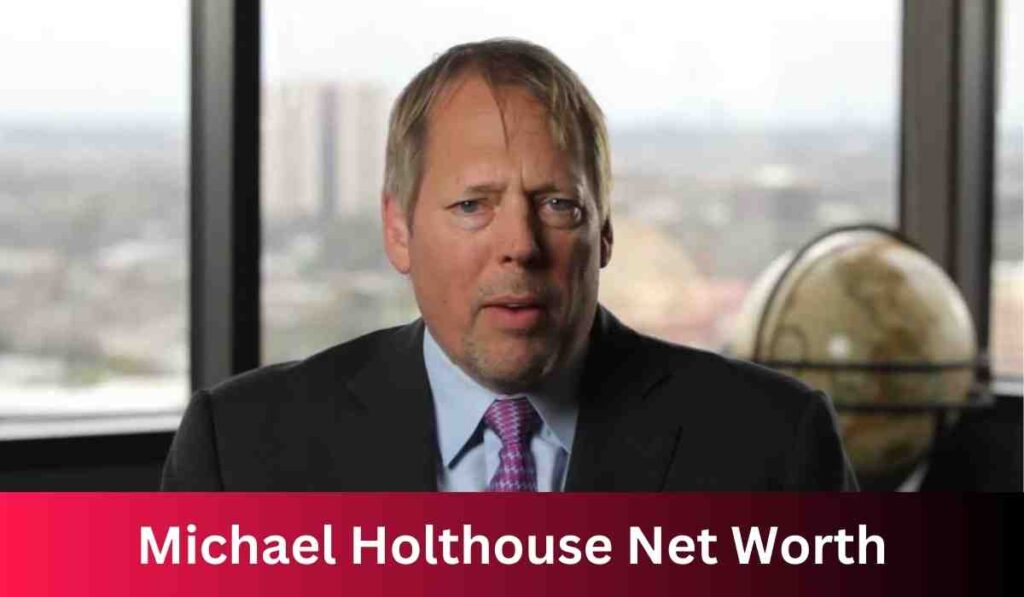





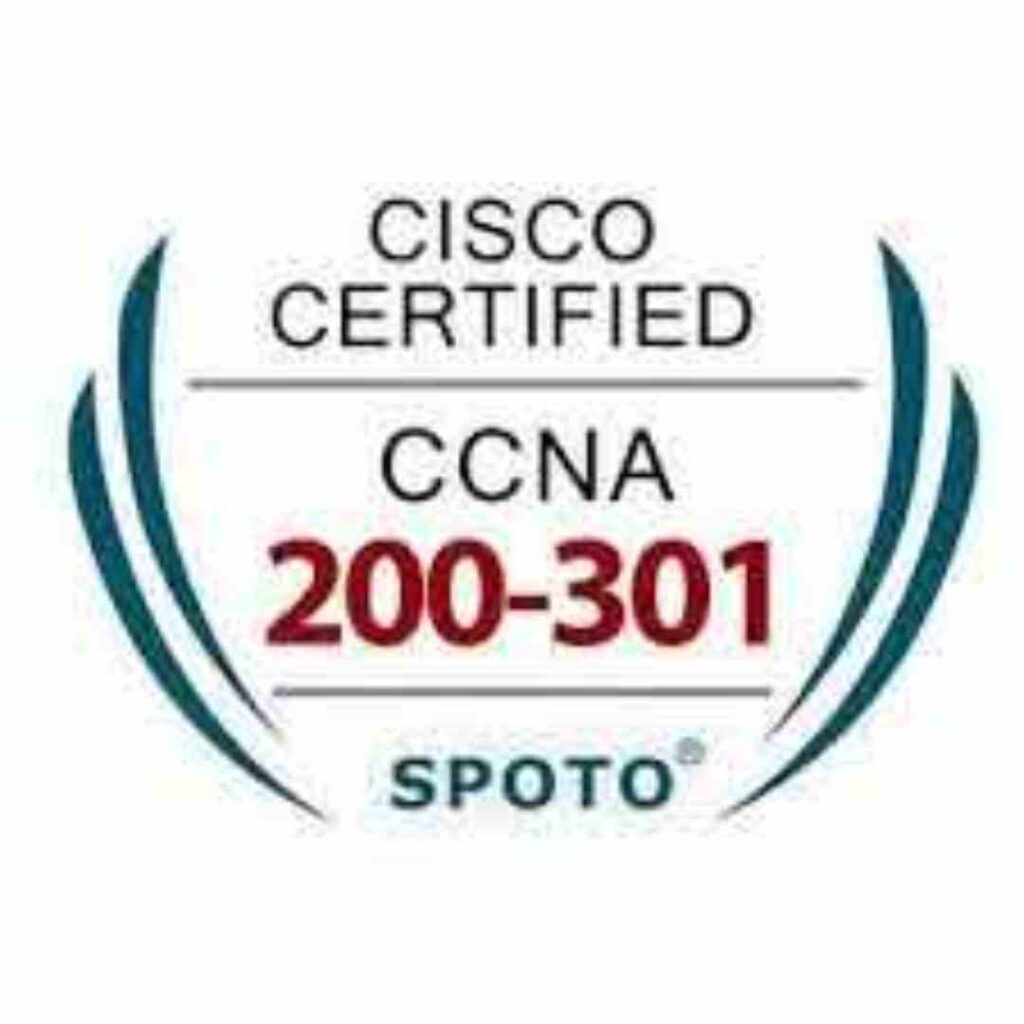















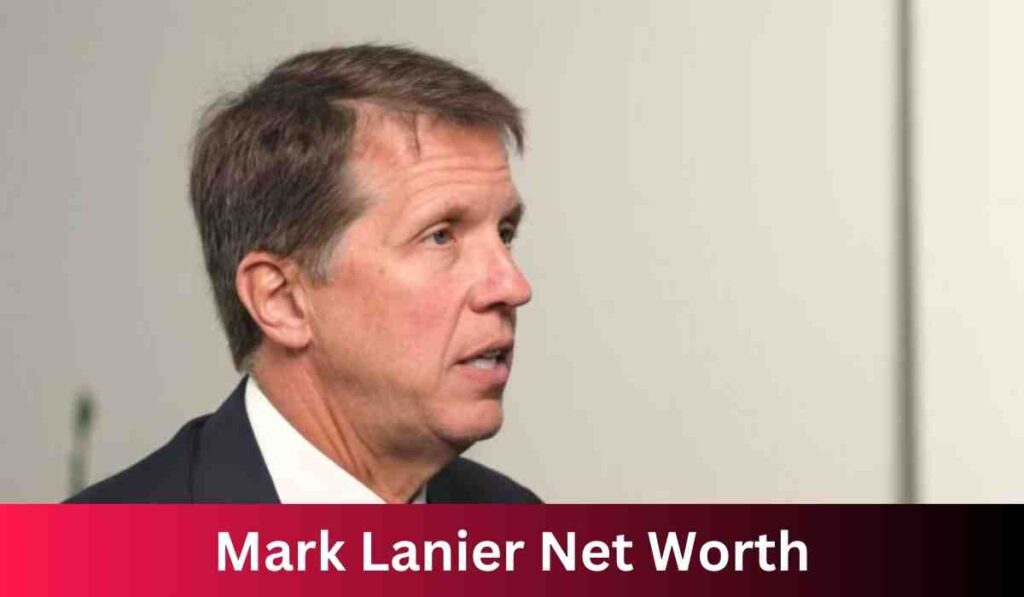







































































![[noblocc] Kicked For Being AFK](https://everytalkin.com/wp-content/uploads/2024/02/noblocc-Kicked-For-Being-AFK-Strategies-in-Online-Gaming-1024x597.jpg)


































